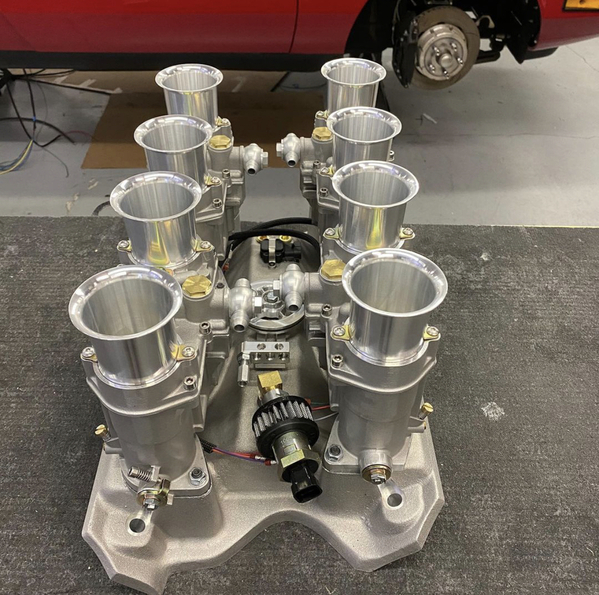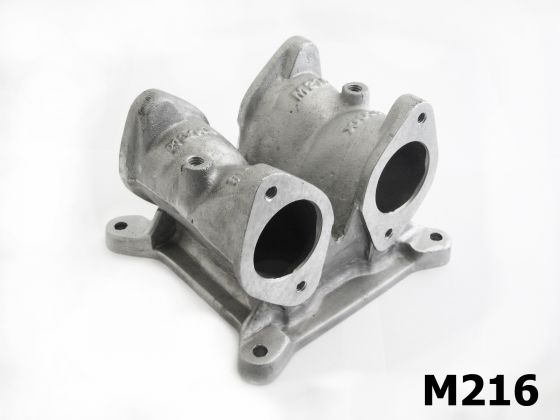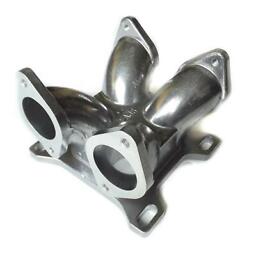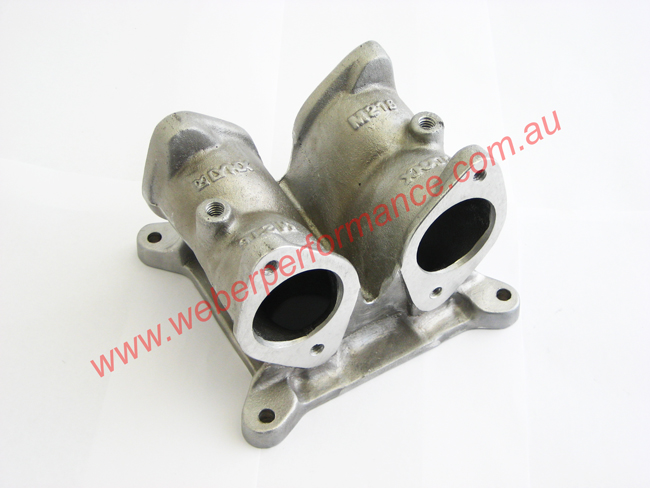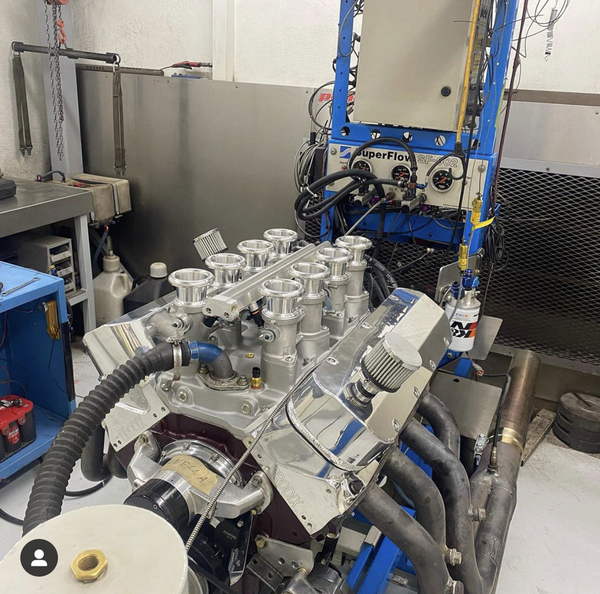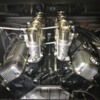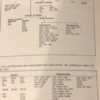Thanks Guys - that is great information. As for the throttle bodies belonging in a museum, I think it well matches the owner! Now if I can only find numbers 3 and 4....!? Good luck with that.
Panteradoug - I would be interested if there was any information on the original use. I fibbed about the Pub and Porsche. That was for CV joints....!
These things have been gathering dust for the last thirty years and I could imagine someone seeking the restoration of an historically perfect classic may well value them if they matched the original build specification of their vehicle.
Bosswrench _ I am going to start looking for a right-angle adapter to mount the two 48 DCOE side-draft Webers on a 351-C 4bbl intake. As soon as I read that I thought it would be a possible way forward. Brilliant.
Tony ( Edge ) was very kind and generously showed me the EFI setup on his extreme Pantera yesterday . It was similar in form to the Borela arrangement but had external injection ports on the carburetors. The fuel management he has built system is quite complex and the EFI system was more than a bit intimidating for a newby like me. He is building a ultra lightweight 427 dart block to go into it , so still a major work in progress. I certainly was in awe of what he has done and now have some appreciation of the complexities of a first class EFI install, and what it would entail.
I cannot thank him enough for his hospitality and sharing his knowledge.


